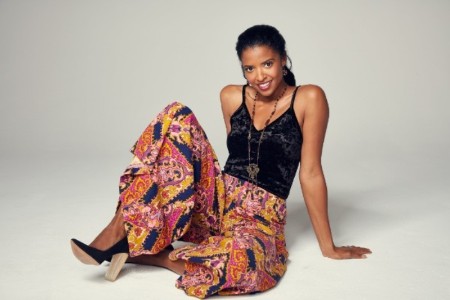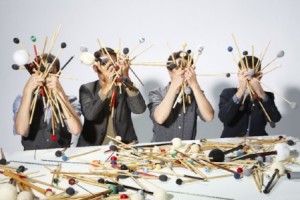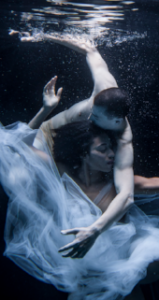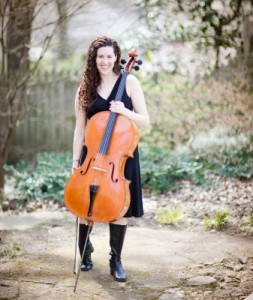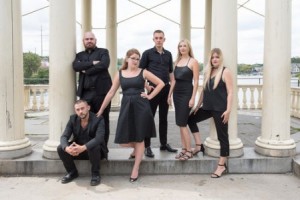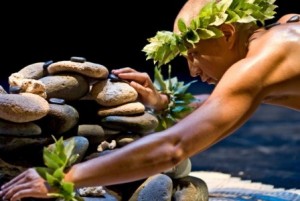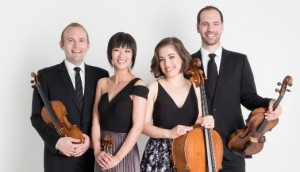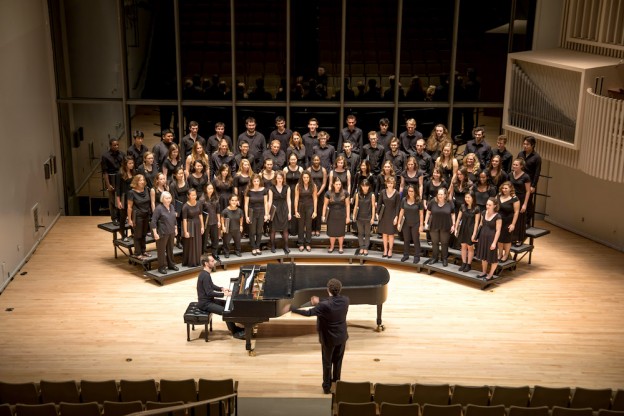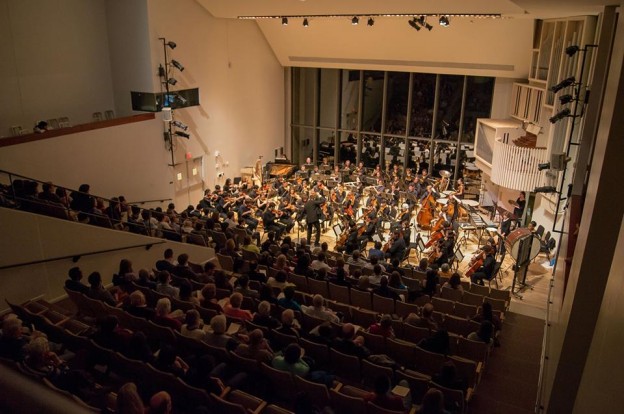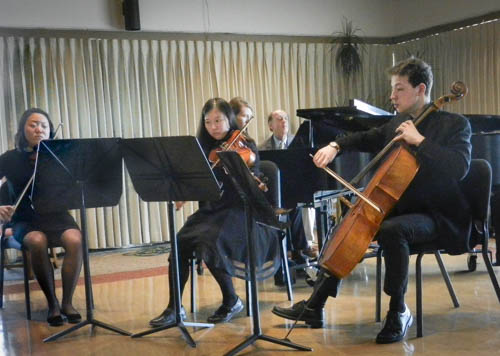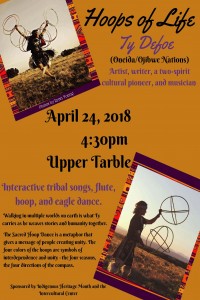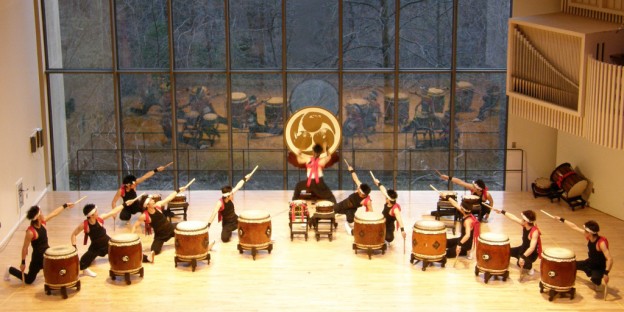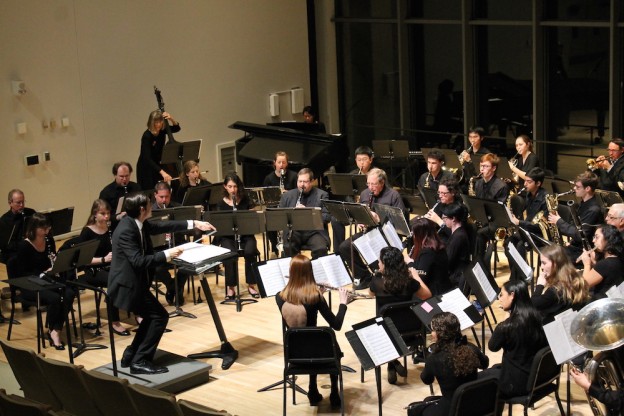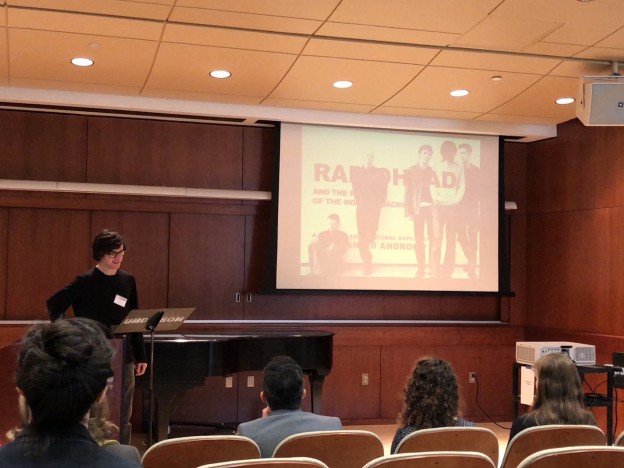In Professor Lei Bryant’s opening class of “Music & Dance Cultures of the World” this semester, she played students a clip of Jimi Hendrix’s Woodstock rendition of the “Star-Spangled Banner.” When it became apparent that most people in the room almost immediately recognized the piece and its cultural significance, she asked the class to brainstorm musical works or performances from our own generation that would similarly remain so potent.
Hamilton, the smash-hit 2015 Broadway show about the life of its titular founding father, was one of the first to be mentioned. Conceived of and composed by Lin-Manuel Miranda, the hip-hop musical that cast people of color in the roles of famous white historical figures was a huge commercial and critical success, breaking box office records and receiving 11 Tony Awards. Few cultural phenomena have registered with quite as much magnitude in the past couple of decades, with NYTimes reviewer Ben Brantley calling it “proof that the American musical is not only surviving” but also evolving and thriving.
One of the people responsible for no less than the invigorated future of an art form is Renee Elise Goldsberry, the actress who originated the role of Angelica Schuyler and who will this week visit Swarthmore College as part of the 2018-2019 Cooper Series, giving two performances on Friday, September 21st at 6:00 and 8:30 p.m. in Lang Concert Hall. As Angelica— the sister-in-law and close friend of Alexander Hamilton—Goldsberry sang one of the most memorable numbers in a show full of musical highpoints. In “Satisfied,” she wistfully explores her unresolved romantic feelings for Alexander, which she chooses to ignore for the benefit of her sister, who has just married him. It’s a decision, she sings, that she “just might regret… for the rest of [her] days.”
While Goldsberry has said in interviews that she draws extensively upon personal experience in playing any character, these days regrets are one aspect of life that it appears she and Angelica can’t really share. While accepting a Tony Award for Best Featured Actress in a Musical in 2016, she ends by pointing out how important both her work and her family is to her, and how lucky she’s been to find such fulfillment in both areas. Goldsberry later wrote of winning the Tony that “the celebration for me was that I chased both family and career very hard, and the fact that I could celebrate having my children and that Tony award was a miracle.”
And although she was quite a successful actress before Hamilton, both on Broadway and on television, the popularity of the show has given Goldsberry a level of freedom in artistic projects she didn’t have before. Since the end of her run two years ago, she has played the titular character in a movie adaptation of The Immortal Life of Henrietta Lacks, and appeared in Netflix’s sci-fi series Altered Carbon. She has also taken on the challenge of figuring out how to adapt the whole shebang of Hamilton into pieces that make musical and narrative sense for independent performances, such as at Swarthmore. In an interview before her debut at the Boston Pops this summer, Goldsberry speaks to how difficult it is to perform individually songs that were meant to be interwoven into the fabric of a whole story, without real beginnings or ends, and in conversation with other actors.
But, she ultimately feels that “to reconceive them, so that they can live as solo pieces, is really redeeming and hugely important because the message in these songs is too important, too necessary, too universal, to only be able to experience it in the entire production.” And it seems that, based on their response to her upcoming solo appearance, Swarthmore students quite agree; it sold out just a few hours after advance reservations became available. Fortunately, the college was able to accommodate a second show.
Between the afternoon discussion with Goldsberry on Thursday, and the two evening performances on Friday, hopefully all Hamilton fans will head into their weekend on a suitably “satisfied” note.
Lydia Roe ’20
